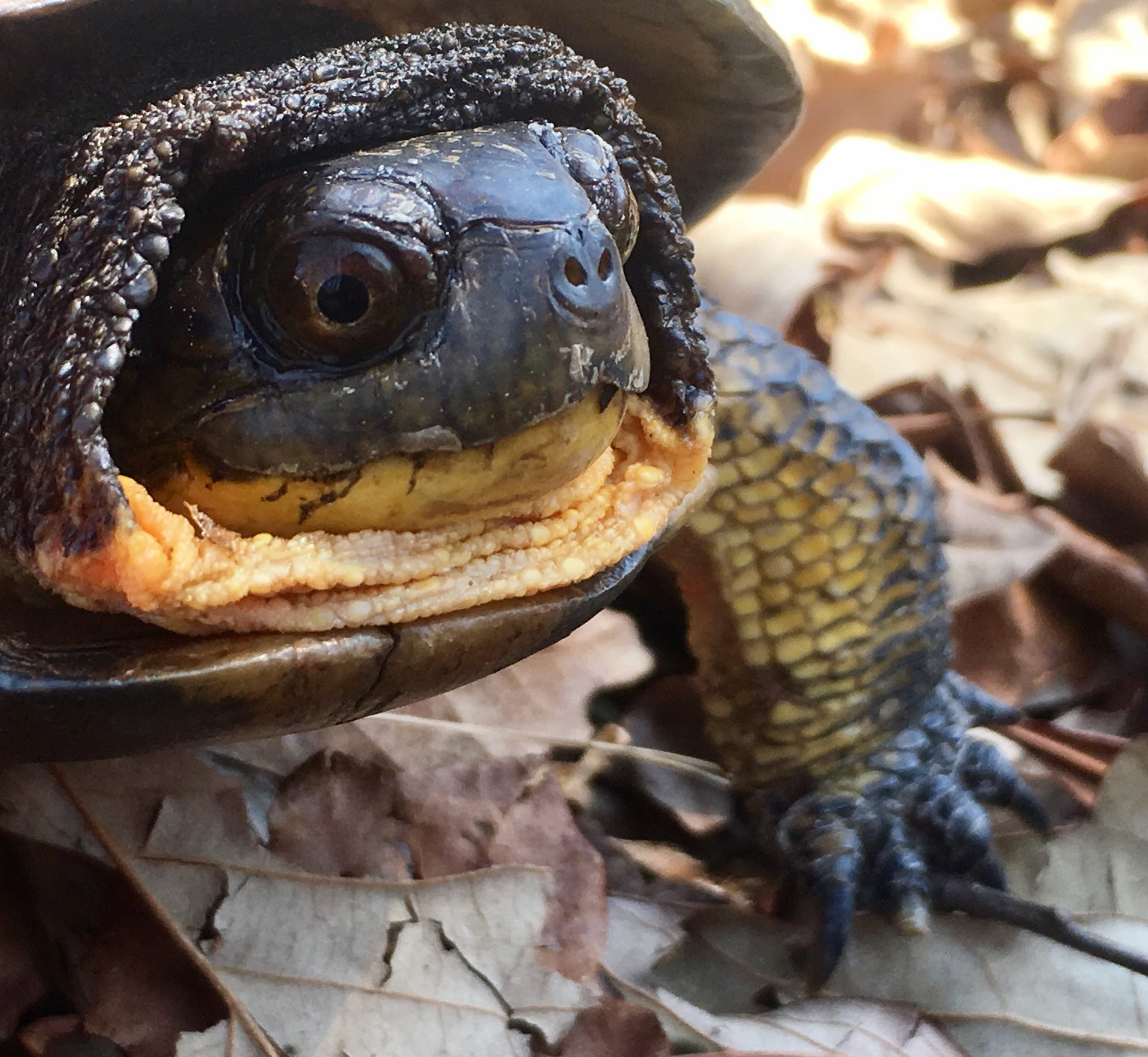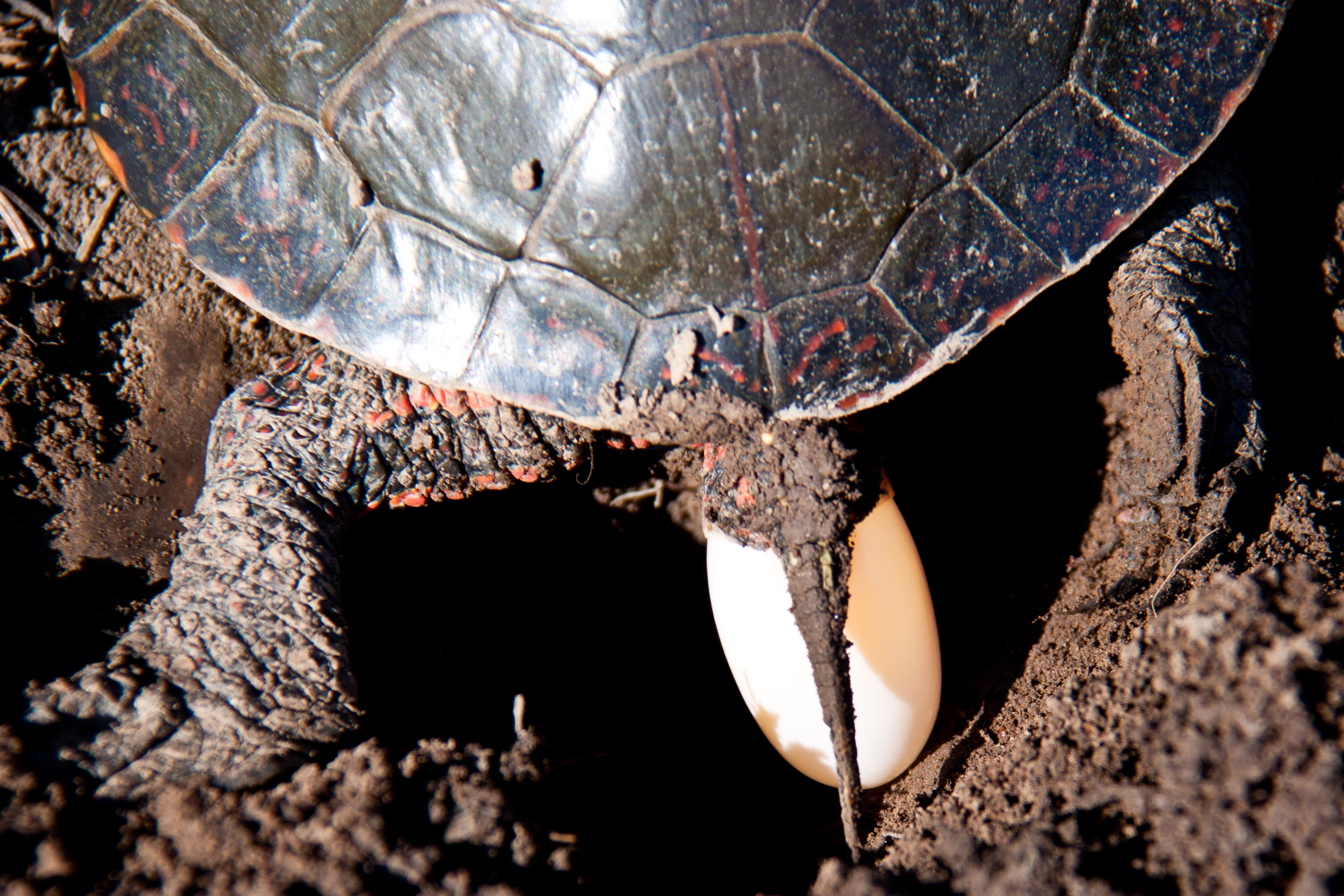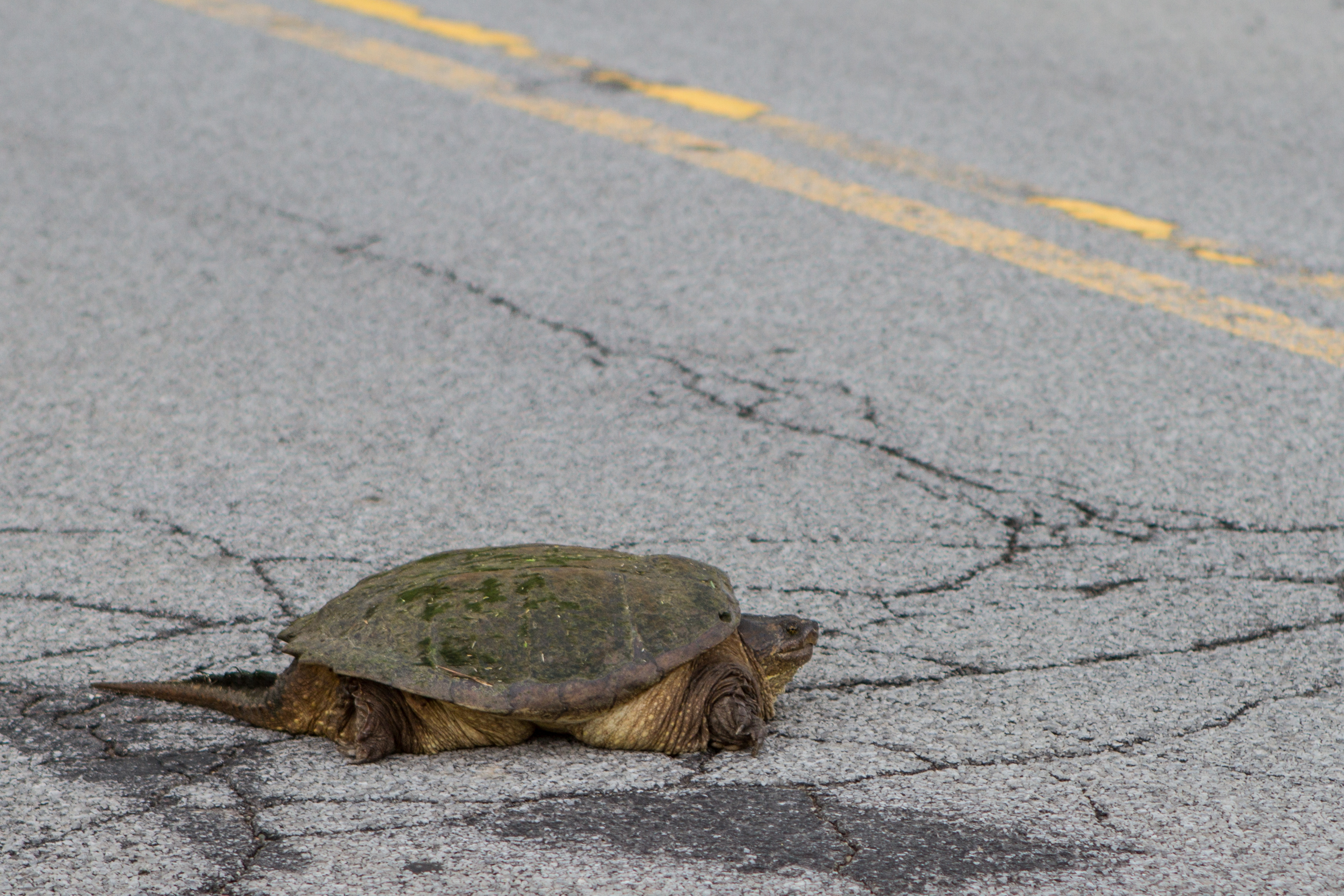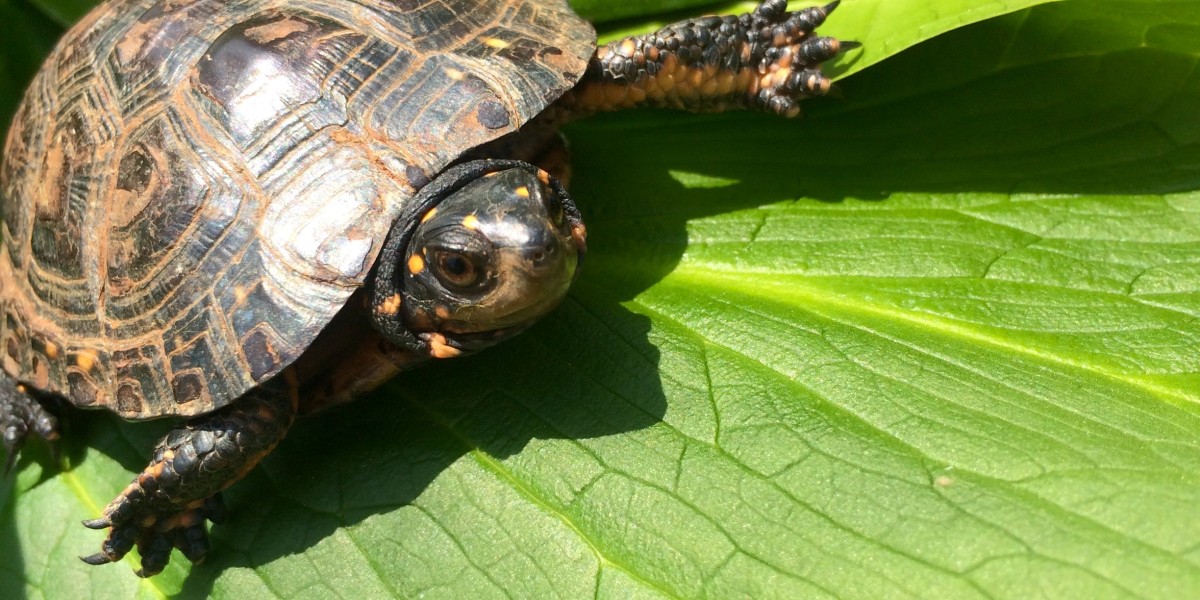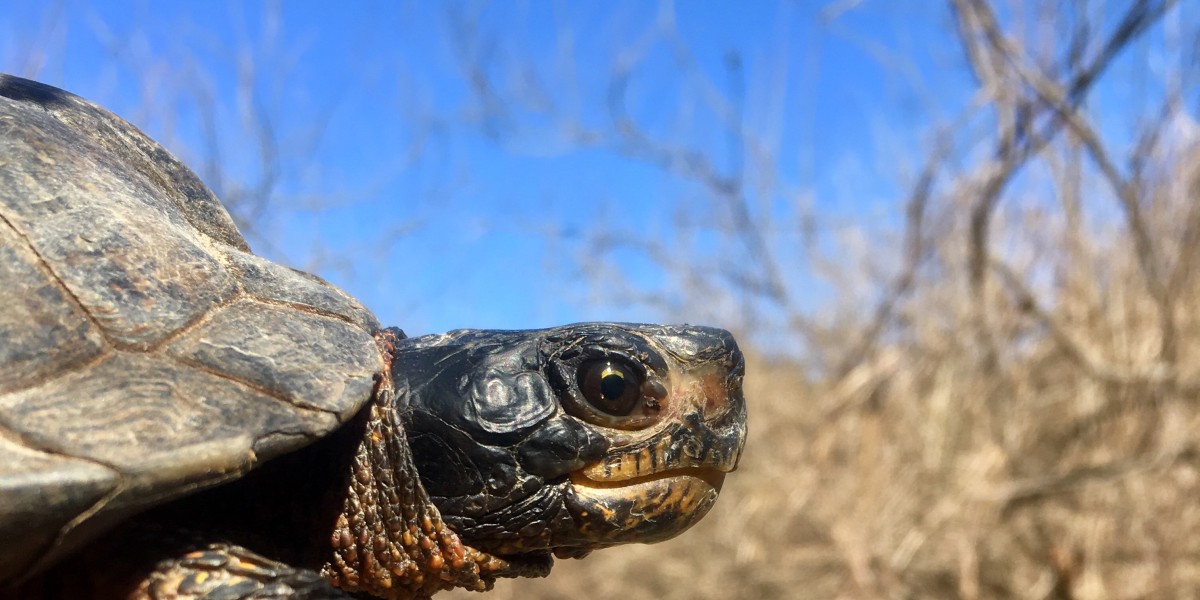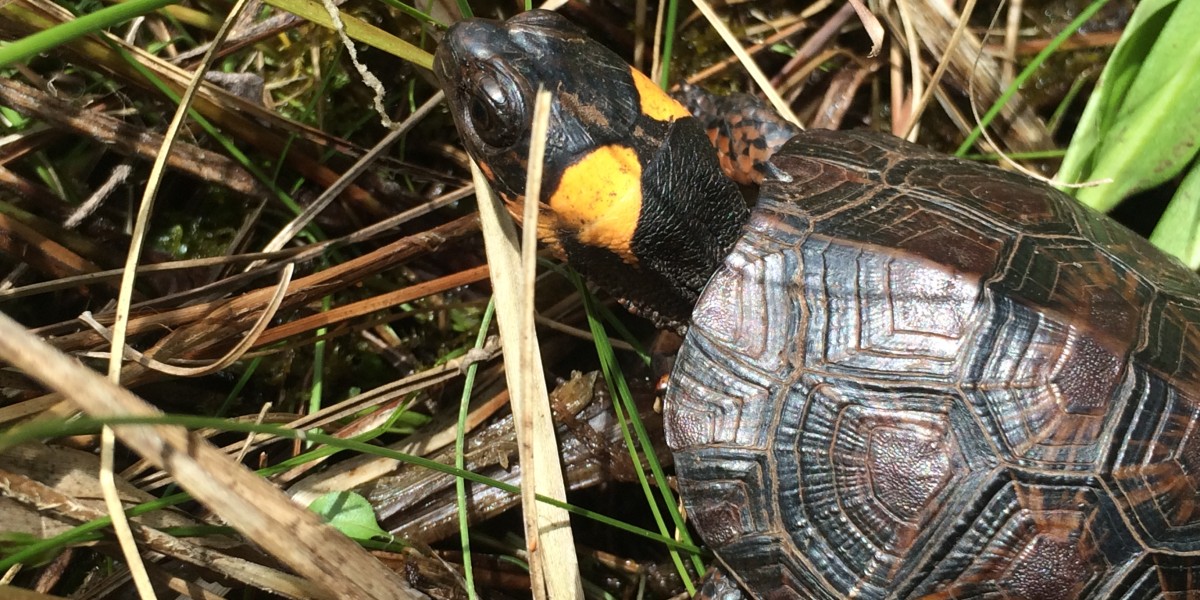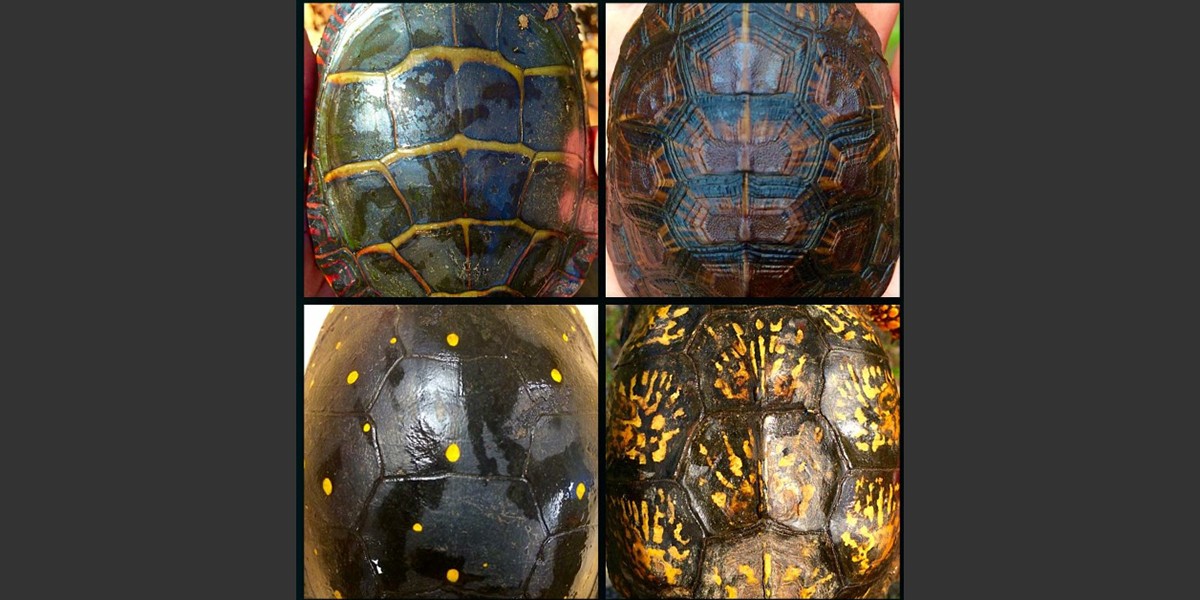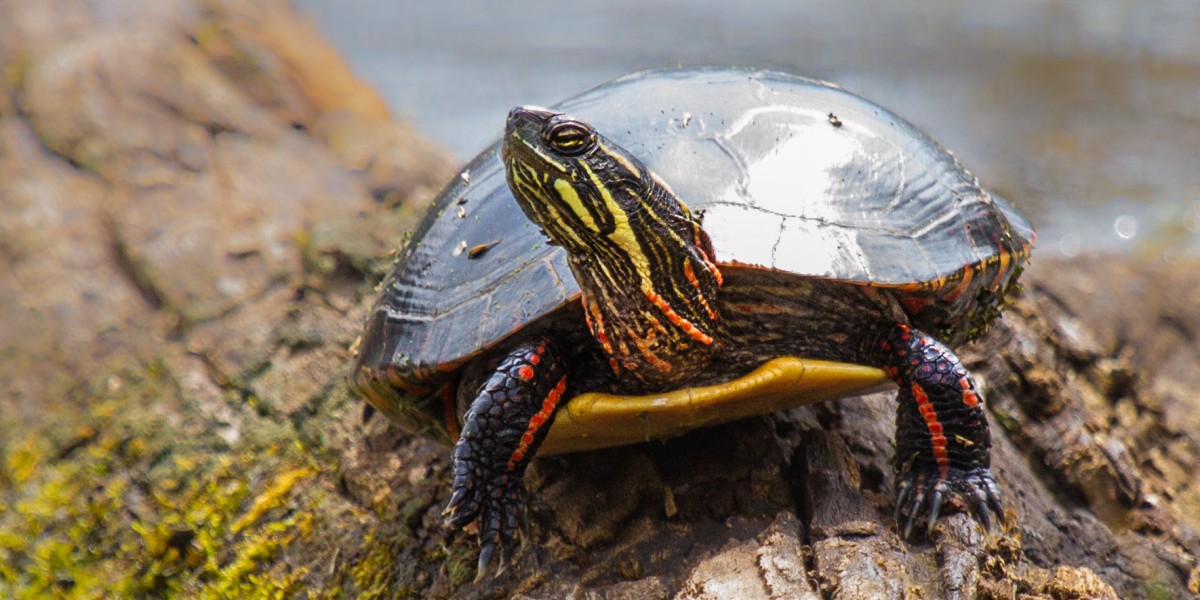May 23rd is World Turtle Day! Celebrating turtles around the world and bringing light to the issues currently impacting this fabulous reptile; from habitat loss, conservation efforts, and what you may be able to do in your area to help protect turtle species.
Turtles evolved more than 200 million years ago, have remained relatively unchanged since then, and as adults, have been immune to nearly all predatory threats until recently. They are now unfortunately in peril due to anthropogenic influence, and they need our assistance.
In late spring and early summer in New York, particularly around mid-June, native turtle species are on the move to find a place to lay their eggs. This annual expedition to find well-drained, sunlit soils where they can deposit their progeny can be wrought with danger! Many of these animals venture long distances, leaving the safety of their pond or stream, to find the ideal habitat or even traveling to the same ancestral nesting ground that they have used for decades.
Painted turtle laying her eggs. Photo by Laurie Dirkx
With habitats often fragmented by human development, the turtle's pilgrimage is fraught with peril. More and more frequently they must cross roadways where thousands of turtles are hit each year. It is on the roads that people often find them, dodging traffic - or more accurately, with traffic dodging them - as they attempt to do that which comes naturally. If you see one of these prehistoric beasts, you can help!
Common snapping turtle crossing the road, photo by Laurie Dirkx
If you can safely pull over, stop and move the turtle off of the road, always in the direction that it was heading in originally. Do not pick them up by the tail, as this can do permanent damage since their vertebral column is fused to the inside of their shell. Most turtles can be picked up by the sides of the shell, and for large or defensive turtles, you can pick them up with both hands at the back of the shell over the rear legs/tail.
Never take the turtle to a new location, and certainly never take it home with you for the following reasons:
- All of our native turtles are declining in number, and removing even a single breeding individual from a population can have a large impact.
- Wild turtles do not typically fare well in captivity. Even turtles bred to be pets have very specific requirements for light, heat, space, and diet.
- New York State turtles are protected by law, and are not legal to keep without a permit.
New York State has many species of turtles. Our native species include two endangered species, the bog turtle (federally listed) and the Eastern mud turtle, and five threatened or special concern species.
If you can't get enough turtle info...here are some fun facts about NYS turtles.
- Turtles don’t reach sexual maturity until 10+ years old. For some turtles, like the Blanding’s turtle, it is significantly later than this.
- Snapping turtles can lay 40+ eggs at a time, and their eggs resemble ping-pong balls. All other turtle eggs are oblong. Turtle eggs have leathery shells rather than firm ones like birds.
- Wood turtles and spiny softshell turtles have genetic sex determination (like humans). Other species have temperature-dependent sex, with warm incubation temperatures typically creating female offspring, and cooler incubation temperatures creating males.
- Please rehome your unwanted turtle rather than release it- for the sake of the individual as well as our native turtles! Released pets can cause a host of issues for our native turtles, including disease concerns (not always visible) and direct competition.
Thumbnail photo: Juvenile Eastern Painted turtle, photo by Laurie Dirkx



